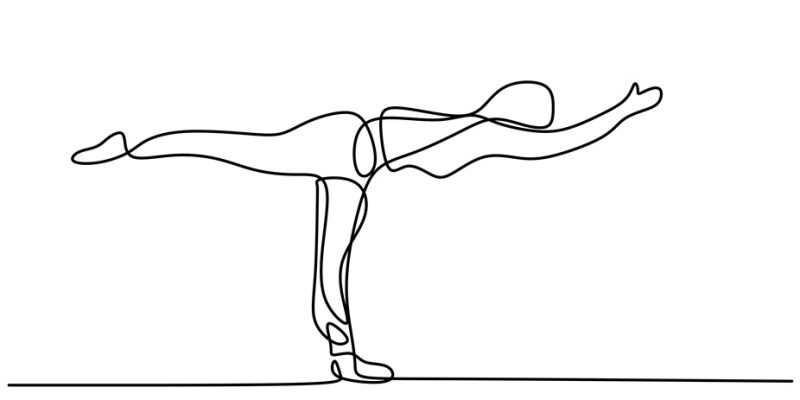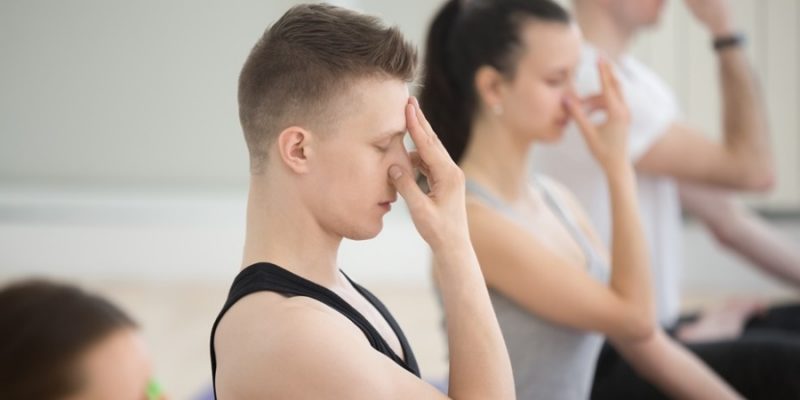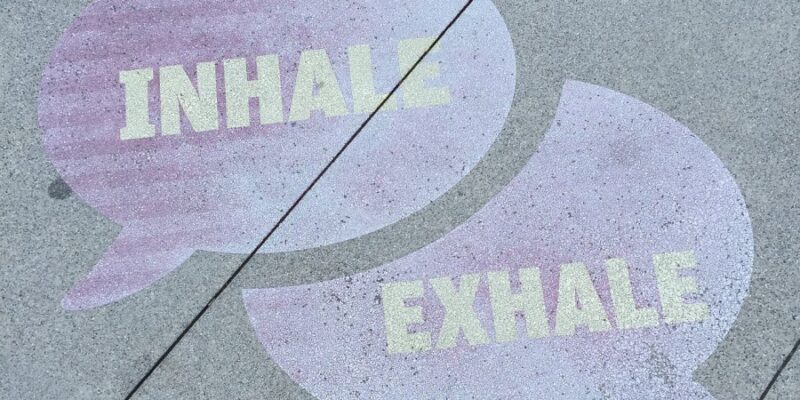
Holotropic Breathwork was developed by Stanislav and Christina Grof in the 1970s, and is based on the idea that its breathing techniques and accompanying features can deliberately induce altered and/or non-ordinary states of consciousness, which mobilize inherent healing forces in the mind (psyche) and body of the practitioner.

The name of the modality consists of the combination of the two Greek words holos (meaning “whole”) and trepein (meaning “moving in the direction of something”). The word Holotropic then suggests something like “moving towards wholeness.”
It’s thought that carrying out Holotropic Breathwork can activate the “inner healer,” which manifests and mobilizes therapeutic wisdom that goes beyond scientific and other cognitive knowledge, or even beyond professional psychotherapy or any other type of bodywork. In fact, by its practitioners it’s believed that the work can support people toward positive transformation, wholeness, and general well-being.
Additionally, according to the creators of this Breathwork modality, Holotropic Breathwork includes accessing and working with biographical (our life history from birth up to the present moment), perinatal (reliving of our birth), and transpersonal (spiritual) dimensions.
The conceptual framework of Holotropic Breathwork integrates a broad range of insights from modern consciousness research, anthropology, depth psychologies, transpersonal psychology, Eastern spiritual practices, and mystical traditions from around the world.
The basic techniques applied are deeper and accelerated breathing (a kind of hyperventilation), accompanied by suggestive music (drumming, nature sounds, among others), and the facilitation of energy release through a specific style of bodywork. Other activities may be included in a session, such as Mandala drawing, working with clay, theoretical explanations, and interactive discussions.
Although sessions are usually given as a group activity, they may also be offered on a one-to-one basis. Holotropic Breathwork sessions may last between two and three hours.

As a rule, the Holotropic Breathwork practitioners will be lying on a mat, with the eyes closed, while using their breath (characterized by a continuous increase of depth, speed, and rhythm) and the music in the room to enter a non-ordinary i.e. altered state of consciousness.
This then would bring the practitioner a particular set of internal experiences and activate the inner healing intelligence, bringing about a personal transformation. The experience is unique for each individual person each time it’s practiced, and no two sessions are alike.
Usually, the practitioners in a group session will work in pairs, where one is called the “breather” and the other person the “sitter.” The sitter helps the breather if needed, ensuring that the breather is safe and supported. Mind that there are basically no specific guidelines or expectation of a session, that is, the practitioners will work with/on whatever comes up.













